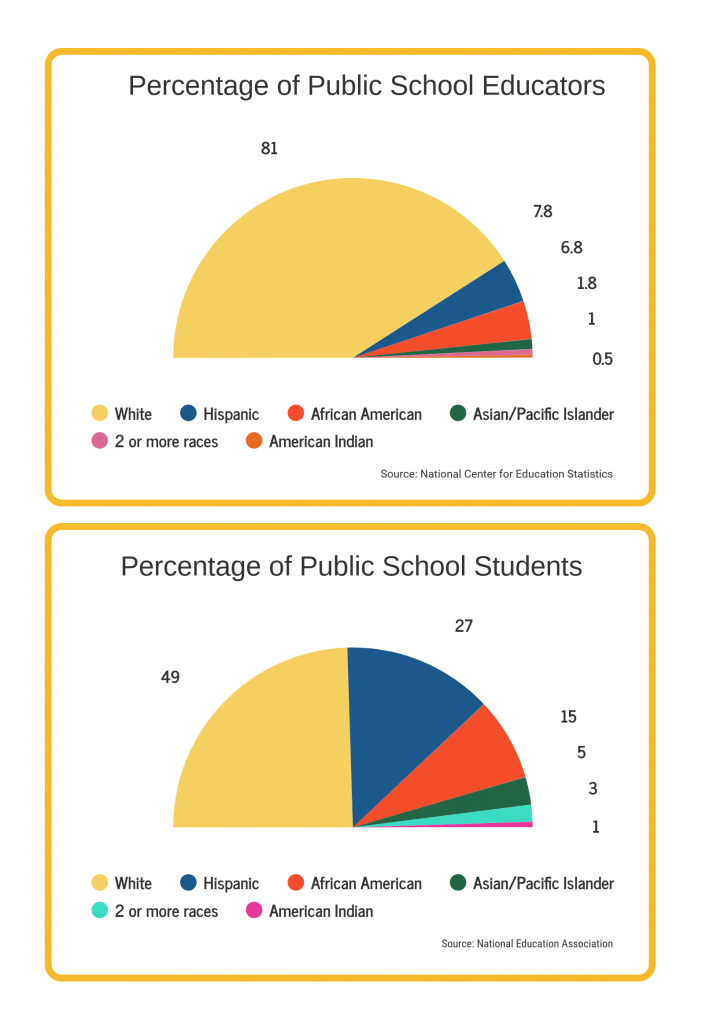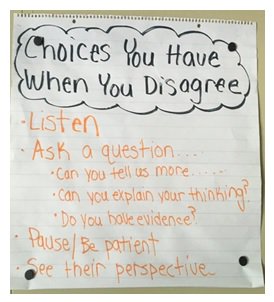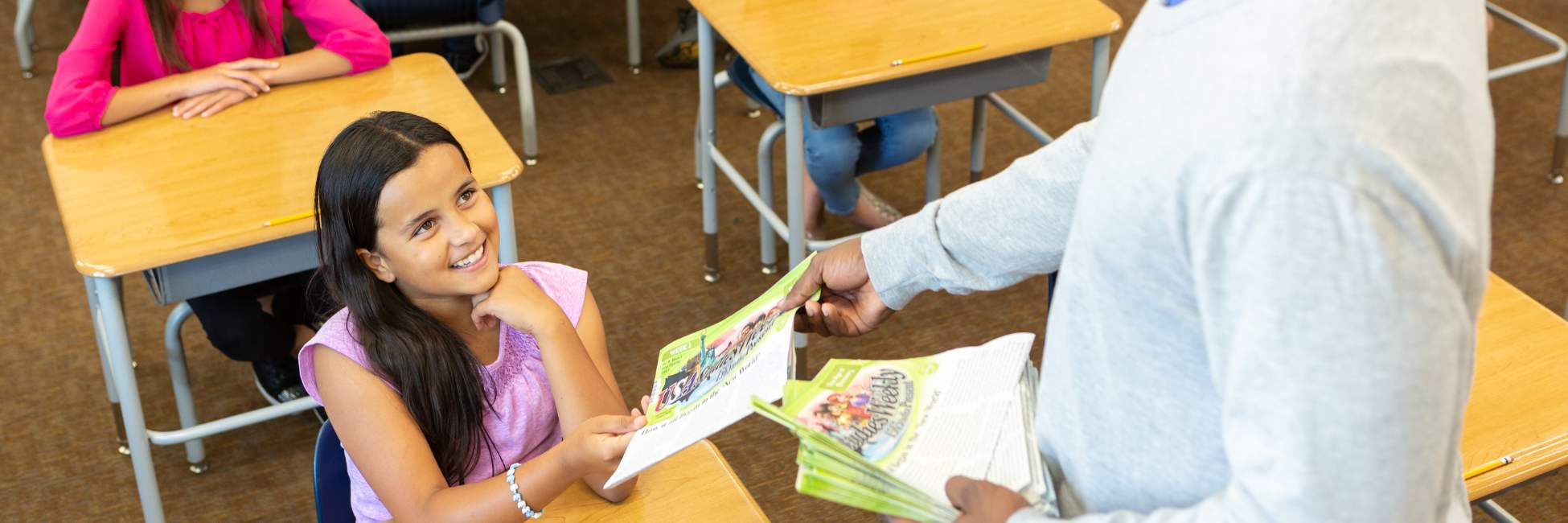On Education: Teaching Sensitive Subjects in the Classroom
In society today, schools cannot avoid the controversial issues and events of our world.
Nor should they.
Our nation’s schools are more racially diverse than ever, and that trend will continue. According to the Pew Research Center and the National Center for Education Statistics, teacher diversity in those same classrooms lags behind.

This begs the question, how can all teachers — regardless of how diverse or homogeneous their classroom is — respectfully and objectively teach their students about sensitive historic and current issues within the classroom?
Here are just a few key strategies culled from experienced educators:
1. Create a safe, inclusive learning environment.
All students must feel safe and respected before tackling subjects they may have strong feelings about, may touch on their own ethnic or cultural history, or may brush against family influences and opinions. They must also understand how to respect others.
“As always, the kids are the most vital part of our curriculum. If we are really listening to them, we know that current topics weigh on them every day,” said Sara Ahmed, co-author of “Upstanders: How to Engage Middle School Hearts and Minds with Inquiry,” in a November 2016 Education Week discussion.
Ahmed suggests approaching sensitive topics less as “controversial” – which often brings out defensiveness and avoidance – and more as “relevant.” She also encourages teachers to frame discussion rules before engaging in a topic.

2. Put in the preparation.
Teachers must prepare well for engaging their students in sensitive discussions, said Jennifer Borgioli, a former special education teacher and senior consultant at Learner-Centered Initiatives.
“Helping students navigate controversial topics requires thoughtful planning, research and clear structures,” Borgioli said in the same November 2016 Education Week discussion. “Our responsibility to teach students how to engage in controversial topics doesn’t mean tackling every issue that’s sure to generate strong opinions. Rather, it’s about being strategic and thoughtful as we ensure students have the resources to understand their opinions and the tools to successfully navigate conversations when friends and family share theirs.”
This preparation may look like pre-lessons on finding, questioning and citing primary sources and research. It could include graphic organizers that help students identify the discussion topic, their response and evidence to support it, plus evidence to support another view. It also should include opportunities for active listening and reflection.
3. Teacher opinions have no place in the classroom when dealing with sensitive subjects.
“A teacher’s role in the classroom implies that they cannot use their position for spouting out their personal opinions,” said Jordan Catapano, an assistant principal, in a 2016 TeachHub article. This not only protects teachers from potential repercussions, he added, but also respects their students’ own perspectives and experiences. “[Y]oung minds are more susceptible to conforming to an authority figure’s perspective. Where sensitive topics arise, I avoid inserting any personal thoughts or feelings into the discussion.”
Erik M. Francis, ASCD author and owner of Maverik Education, agrees.
“The most important thing teachers need to keep in mind is to stay out of the conversation. Be an unbiased moderator and guide the students through inquiry. Not only will that allow the students to be the one to express and share their ideas but also protect the teacher from any complaints that might come from parents,” he said in the November 2016 Education Week article. “We cannot control what comes out of the mouths of babes. We can only guide and teach students to make proper choices and consider others’ feelings.”
Additionally, teachers should always keep parents informed about sensitive topics that are part of classroom discussions. Capatano explained that as teachers let parents know what topics are under discussion and how teachers are addressing them, it can be a catalyst for further family dialogue at home.
4. Focus on investigating perspectives and ideas.
“It is critical to successful discourse on a controversial topic that the discussion remains focused on the topic at hand, and is not waylaid by wrong or misleading information,” Borgioli said.
The goal of these discussions should also not necessarily be aimed at finding the right answer, but allowing students the ability to discover their own perspectives.
It’s also okay to allow space for students to not come to any conclusions. Sometimes issues are so complex that “I don’t know,” may be the only answer. Accepting this as an option also encourages students to engage in the topic outside of the classroom.
“It’s an amazing feeling when you witness a kid tackling a large concept that’s tough to talk about. It’s even better when you know you’re making them think like they never did before,” said Kevin Scott, former director of member engagement at ASCD, in the November 2016 Education Week article.
Above all else, teachers should not fear tackling sensitive topics in the classroom because they already are a part of many students’ experiences. Helping students navigate this experience is an important part of student growth.
“I remind myself often that it’s not my goal to teach students what to think, but how to think. To discuss potentially sensitive or contentious issues can certainly be a tricky path, but to ignore them means ignoring a big part of society and humanity,” Capatano said.
